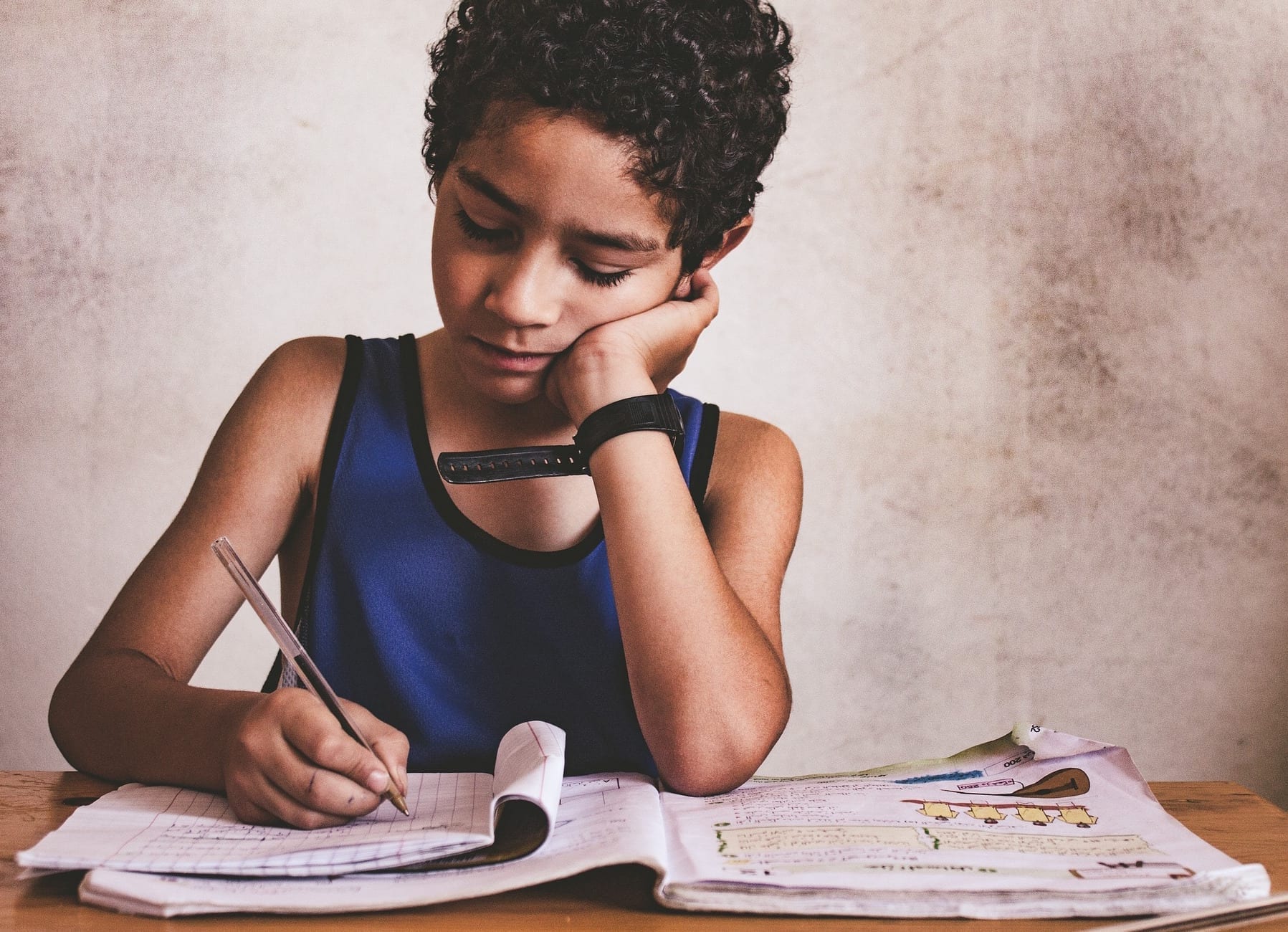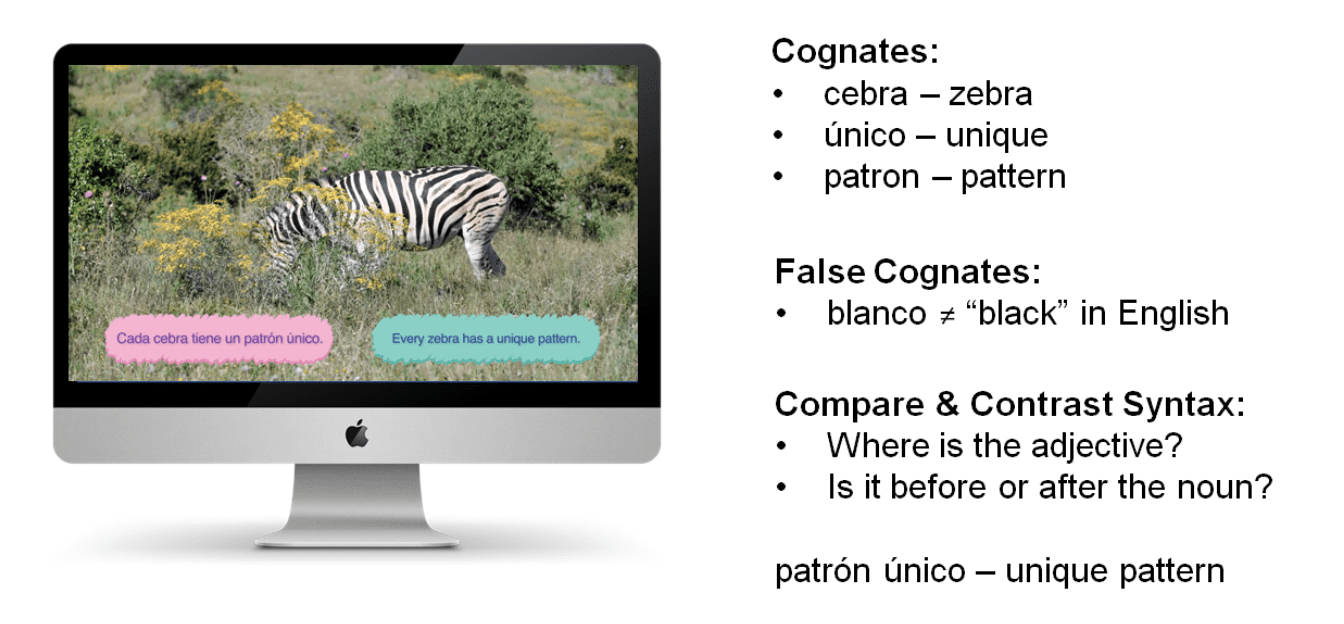Did you know that there are approximately five million English Language Learners (ELLs) in the United States? That equals to about 1 in every 10 public school students. Due to their unique learning needs, ELLs are at risk for lower high school graduation rates, despite being just as (or more) academically capable.
According to the research conducted by Virginia Collier and Wayne Thomas, young English Language Learners who start school in the United States before the age of eight (with limited prior schooling) take 7-10 years to reach grade-level norms in English language literacy. Based on our experience, we believe that one of the reasons it takes ELLs so long to catch up is the complete language isolation approach that is still being used in many schools.
The OLD Way: Complete Language Isolation
Though teaching English only (without teaching or making connections to the native language) was once thought of as the most efficient language acquisition technique, multiple studies have shown that learning two languages does not harm a student’s academic achievement in the long run.
Reasons Language Isolation Does Not Work:
- It creates confusion and misunderstanding that can last for years.
- It is very slow – it forces you to reteach things instead of transferring knowledge and driving synergies between two languages.
- It does not give students vocabulary in both languages, which limits their academic success.
- It hurts children emotionally and damages their self-esteem.
- It does not provide a bilingual role-model for children to emulate.

According to Collier and Thomas, “the most significant variable in how long it takes to learn English is the amount of formal schooling students have received in their first language.” If the first language is the most powerful determinant of success, why would we not use it as a resource to accelerate the learning in the second language?
While there are many elements that contribute to a successful dual-language education, many experts agree that starting dual-language education as early as possible is one of the most important elements. One way that teachers can help their DLL/ELL students is with the practice of bridging. The “bridge” is part of the lesson or unit where the focus is on instructing students in how to transfer what they have learned and stored in one language into the other language. Teachers help students compare and contrast two languages, often focusing on the meaning and the structures of the languages.
The NEW Way: Bridging
"Treat bilingual children as bilingual individuals, not as two monolinguals in one." - Dr. Ofelia Garcia
Why are more and more schools moving away from complete language isolation and starting to use bridging?
Benefits of Bridging and Cross-Linguistic Pedagogy
- It ensures students learn proper meaning of vocabulary words quickly.
- It creates synergies between two languages – students learn faster by transferring knowledge. They don’t have to relearn the content!
- Students learn academic vocabulary in both languages, which improves their performance on tests and in life.
- It improves executive function of the brain – switching between the languages is proven to enhance brain development.
- It gives students a bilingual role model. It’s important for students to see bilingual adults that they can emulate.
- It helps students emotionally. They do not feel isolated in school when they cannot communicate. Rather, they are encouraged to share their language and culture.
- It helps with parent engagement. Parents feel empowered to support their child’s education because they can use their native language skills to learn the second language faster.
How It Works:
As Susan Pryor says in her article The Earliest Connections: Bridging in Kindergarten, “The important thing about the bridge is that it is a comparison and discussion of the features of each language (phonology, morphology, syntax, and pragmatics). The purpose of the bridge is to give students an opportunity to identify similarities and differences between the two languages. Children do not make these kinds of comparisons if they don’t have opportunities to see the languages side by side. Although we begin the process of bridging by asking children about the content of the unit, and then translate what they come up with, those are simply means to an end. Those are simply steps in creating the text that we will use to do the real work of bridging—comparing and contrasting languages to make the similarities and differences explicit.”
How Technology Helps Address the Shortage of Bilingual Teachers and Enable Bridging
We believe that with shortage of bilingual teachers, educational technology plays a key role in enabling bridging and all of the benefits that it provides. That is why, Little Sponges® program has many learning activities that enable cross-linguistic transfer. By assigning different characters, voices, and colors to each language (L1 & L2), we help students learn and remember new vocabulary and academic content in a more efficient and effective manner. Our main characters, Mishka and Frog, mirror each other in their dialogue to help students quickly recognize similarities and differences between the two languages. Students can hear new vocabulary in both languages as well as see the written representation of the word in the subtitles. Seeing the two languages side by side, enables students to link new vocabulary in the second language to things they already know in their native language and accelerate the learning process.
Let’s take a look at this segment from the Little Sponges Safari Adventure – play video below.
1. Watch Bridging Video
After showing the video, teachers can use the bridging technique to point out the cognates and false cognates to help students with their comprehension and retention of new vocabulary. Teachers can point out that even in this short example, we can find 3 words that sound similar and mean the same thing in English and Spanish. This teaches students that although they are learning a new language, they can find similarities to help them remember and recall vocabulary faster. Teachers can also point out false cognates to help students avoid confusion and explain differences in syntax to ensure students learn how to use adjectives correctly in English and Spanish. For example, they can point out that in English the adjective goes before the noun and in Spanish it goes after the noun.
2. Analyze and Discuss

By utilizing bridging in your dual-language classroom, teachers help their students succeed academically and feel more comfortable emotionally on their journey to becoming bilingual! To learn more about Little Sponges® program, check out our website or contact us.
This blog post is written by Natalya Seals, Founder & CEO of Little Sponges®. Natalya is an innovative, bilingual leader with exclusive focus on dual language educational technology for young children. She collaborates with school leaders and teachers across the country to improve academic learning outcomes and student engagement via implementation of DLL EdTech program that she and her team have developed in collaboration with several leading schools.
